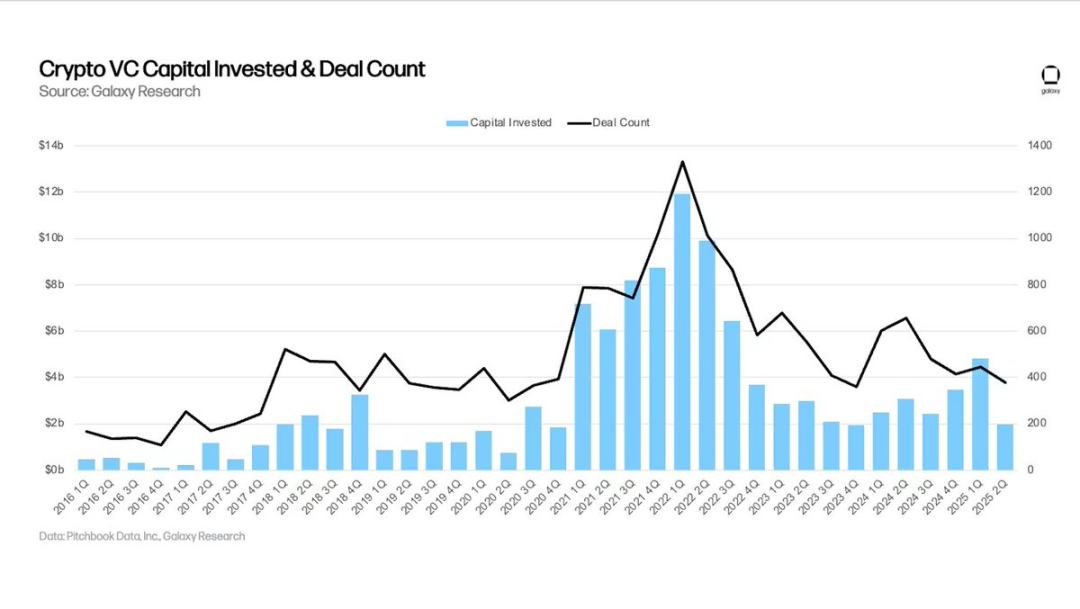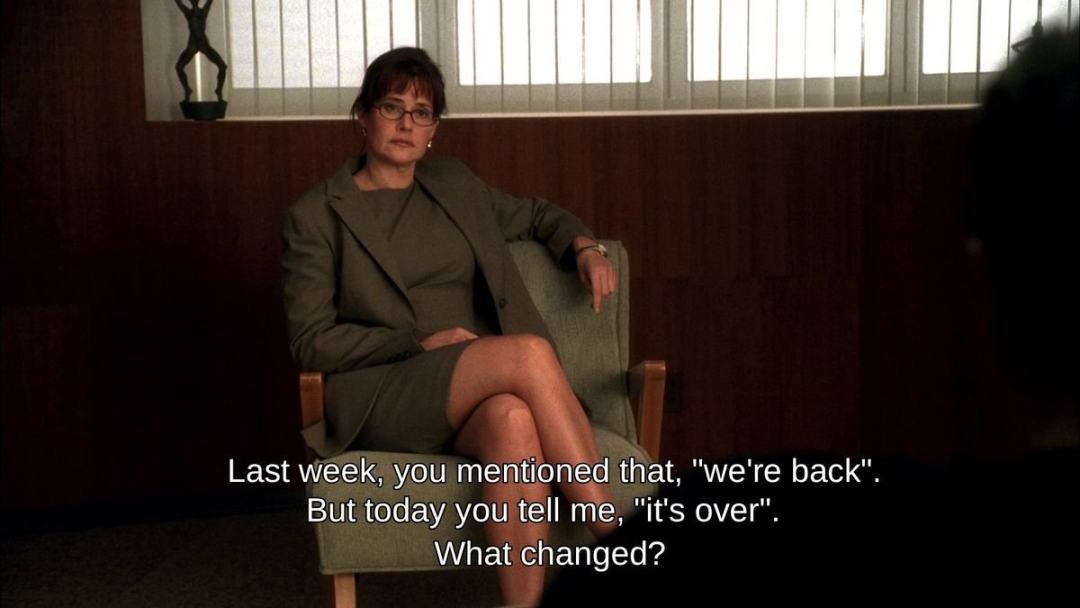In the cryptocurrency industry, things that can truly exist in the long term mostly emerged during the time when no one was paying attention to cryptocurrencies.
Written by: Rosie
Translated by: Luffy, Foresight News
Most of the cryptocurrency founders I know have already gone through three transformations.
The group that built NFT platforms in 2021 shifted to DeFi yield projects in 2022, and from 2023 to 2024, they followed the trend to create AI agents. Now they are busy chasing the current hot tracks (perhaps prediction markets?).
There is nothing wrong with their transformations; in many ways, it is a choice that aligns with the game rules. But the problem is that this set of game rules structurally determines that any long-term construction is out of the question.

18-Month Product Cycle
Narrative rises → Capital flows in → Everyone follows the trend to transform → Invest 6-9 months in development → Narrative cools down → Transform again.
This cycle used to be 3-4 years (during the ICO era), then shortened to 2 years, and now, if lucky, it lasts only 18 months.
In the second quarter of 2025, the scale of cryptocurrency venture capital plummeted nearly 60% in a single quarter. The time and funds available to founders become increasingly tight before the next trend forces them to transform again.

The key issue is that 18 months is simply not enough to build anything meaningful. Real infrastructure takes at least 3-5 years to establish, and true product-market fit requires years of iterative optimization, not just a few quarters.
But if you are still clinging to last year's narrative, you will become an "ineffective asset." Investors will avoid you, users will churn, and some investors may even force you to follow the current hot tracks. Your team members will also start interviewing for projects that just secured funding based on the current hot narrative.
The Sunk Cost Fallacy Becomes a Survival Mechanism
Traditional business advice is: do not fall into the sunk cost fallacy; if something is not working, pivot in time.
The cryptocurrency industry has pushed this to the extreme, turning it into "maximizing sunk costs." No one will stick with something long enough to verify whether it is truly viable.
Transform at the slightest resistance, pivot when user growth slows, pivot when financing encounters obstacles.
Every founder makes such trade-offs:
Continue developing the current product, which may take 2-3 years to see results, and if lucky, perhaps secure another round of funding;
Pivot to a hot narrative, which can immediately secure funding, generate paper profits, and exit before anyone realizes the project is unviable.
Most of the time, the latter is the better choice.
The Dilemma of Abandonment
Very few cryptocurrency projects can truly complete their established development goals. Most projects are forever in a state of "about to be completed," always just one feature away from achieving product-market fit.
But they can never truly finish because halfway through development, the narrative changes. Suddenly, the DeFi protocol you are wrapping up becomes meaningless because everyone is talking about AI agents.
The market punishes the act of "completion": completed products have clear limitations, while products that are about to be completed possess infinite imaginative potential.
Capital Pursues Attention, Not Results
The actual financing situation is clear:
New narrative + no product: raised $50 million;
Established narrative with mature product: struggles to raise $5 million;
Old narrative + product + real users: completely unable to secure funding.
Venture capital invests not in products, but in attention. And attention always flows toward new narratives, not completed old projects. Nowadays, most teams are "maximizing narrative value," optimizing purely for a story that can secure funding, completely indifferent to what they are actually building. Completion means self-limitation, while incompletion retains all possibilities.
Team Retention Challenges
Your best developers receive offers with double the salary from projects with hot narratives; your marketing head is poached by a project that just raised $100 million.
You simply cannot compete because six months ago, you decided to stick with the current project and gave up on the hot narrative at that time.
No one wants to work on a dull, stable project; they prefer those chaotic, overfunded projects that could collapse at any moment but might also yield tenfold returns.
User Attention is Scarce
Cryptocurrency users use your product simply because it is new, everyone is talking about it, or there is a chance to receive an airdrop.
Once the narrative shifts, they will leave immediately, regardless of whether your product has improved or whether you have added the features they requested.
You cannot build a sustainable product for "unsustainable users."
I know some founders who have pivoted so many times that they have long forgotten what they originally wanted to create.
Decentralized social networks → NFT platforms → DeFi aggregators → gaming infrastructure → AI agents → prediction markets. Transformation is no longer a strategy; it has become the entire business model itself.

The Infrastructure Paradox
In the cryptocurrency industry, things that can truly exist in the long term mostly emerged during the time when no one was paying attention to cryptocurrencies.
When Bitcoin was born, it was ignored, with no venture capital and no token issuance; Ethereum was born before the ICO frenzy, when no one knew how smart contracts would evolve into what they are today.
Most things born during hype cycles eventually perish with the cycles; those built in the gaps between cycles have a higher survival rate.
But no one builds during the gaps between cycles because there is no funding, no attention, and no exit liquidity.
Why is the Status Quo Hard to Change?
Token-based incentive mechanisms provide flexible exit channels. As long as founders and investors can exit before the product matures, they will definitely do so.
The speed of information dissemination far exceeds the speed of product development. By the time you finally complete development, everyone already knows whether it is viable. The core value proposition of the cryptocurrency industry is "quick action," and asking it to slow down for construction is equivalent to detaching it from its essence.
This means that if you spend 3 years building a product, others can copy your idea and launch a simpler version with better marketing in just 3 months, then defeat you.
So, where do we go from here?
The cryptocurrency industry struggles to create long-term value because it is structurally opposed to long-term thinking.
You can be a principled founder: refuse to follow the trend, stick to your original vision, and spend years rather than months refining the product. But you will likely end up running out of funds, being forgotten, and replaced by those who have transformed three times since you released your first version.
The market does not reward "completion"; it only rewards "innovation"—again and again. Perhaps the true innovation in the cryptocurrency industry is not the technology itself; perhaps its real innovation is finding ways to extract maximum value with minimal completion. Or perhaps, transformation itself is its product.
免责声明:本文章仅代表作者个人观点,不代表本平台的立场和观点。本文章仅供信息分享,不构成对任何人的任何投资建议。用户与作者之间的任何争议,与本平台无关。如网页中刊载的文章或图片涉及侵权,请提供相关的权利证明和身份证明发送邮件到support@aicoin.com,本平台相关工作人员将会进行核查。




